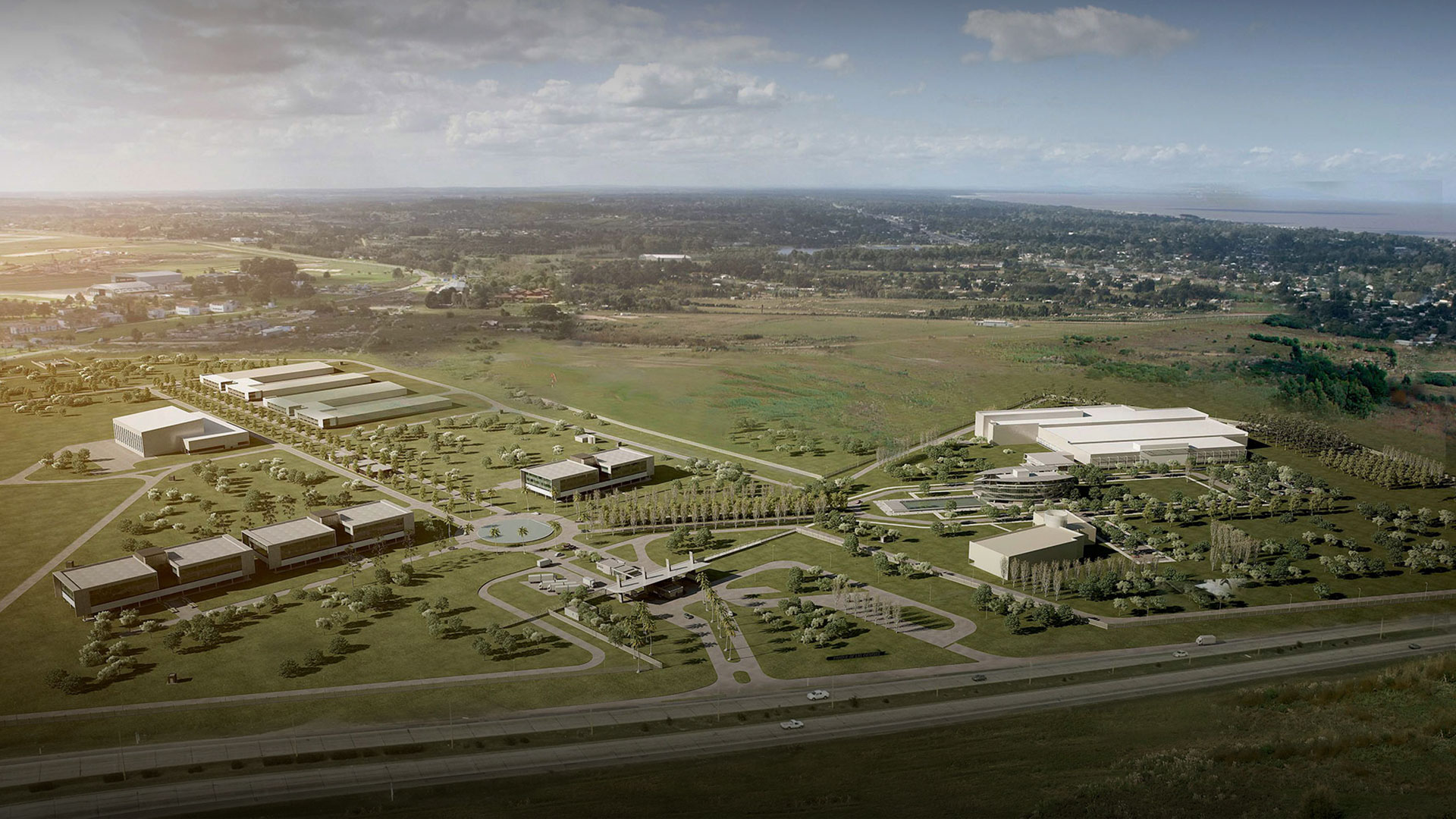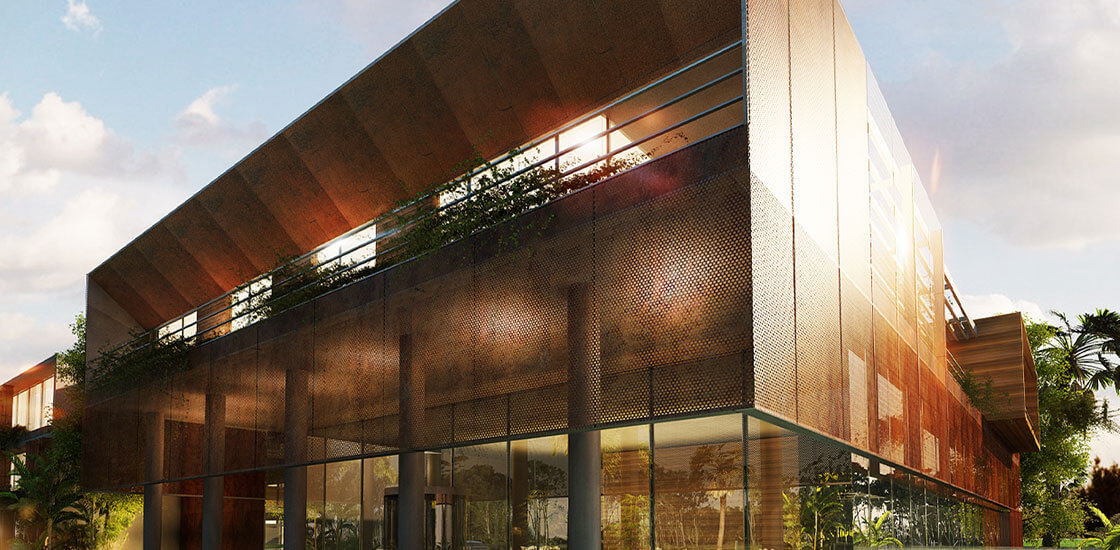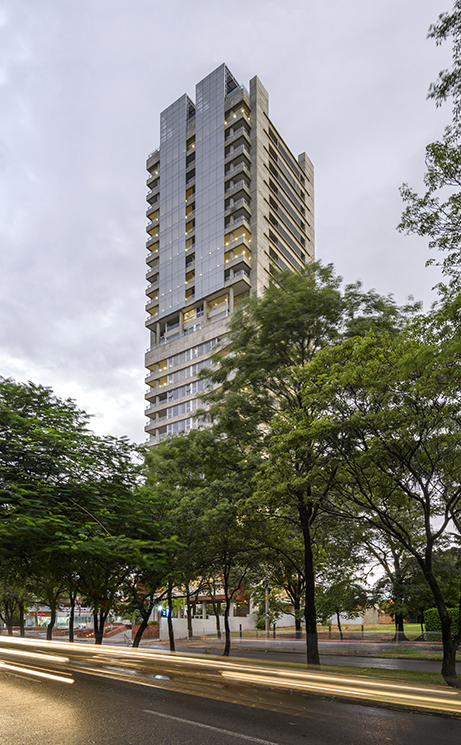

Reading time: 10 minutes
The logistics sector is stepping into an exciting new phase, spurred by the e-commerce boom during the pandemic. This era is characterized by a strong and varied demand, driving growth in Technology Parks, Free Trade Zones, and Logistics Centers. The blend of intermodality, advanced technology, and a user-centric approach is set to propel this segment's expansion further.
Central to the latest developments in logistics are three pillars: efficiency, convenience, and sustainability. The post-pandemic demand has rejuvenated the business models of Free Trade Zones and Logistic Hubs, thanks in part to the expansion of e-commerce. Among the various Logistic Center models, Logistic Hubs and Data Centers stand out as key players, serving as hubs for data storage and services, like Google's initiative in Uruguay's Science Park.
This period marks a significant shift towards the technification of Logistic Centers, which are now embracing specialized companies to boost efficiency and productivity. These centers are increasingly incorporating automation, robotics, and AI into their operations.
Internet connectivity has become crucial in the development of these Technology Parks. Companies are moving closer to their customers, recognizing that a smooth user experience depends not just on speed but also on low latency, facilitated by the strategic location of critical service centers.
Walmart's new distribution center in British Columbia, Canada, exemplifies sustainable technification. It aligns with its sustainability goals by using solar panels to meet most of its energy needs, alongside eco-friendly cooling systems and a design that anticipates the integration of robotics. The facility's approach to organic waste, converting it into biogas and fertilizers, showcases its commitment to zero waste.
As logistic services expand and diversify, there's also a notable increase in technology centers focused on Life Sciences, like Uruguay's Science Park. These hubs create unique ecosystems for leading companies in the Life Science Industry to promote research, learning, and collaboration across various fields.
Data Centers: A Dynamic Sector Challenge
Data Centers face the challenge of managing their exponential growth and the need for more storage capacity. Their high energy consumption demands innovative solutions, prompting logistic parks to invest in renewable energy sources to meet future corporate demands. This includes designing buildings with bioclimatic principles to enhance energy efficiency and comfort while preparing for new technologies like electric vehicle charging stations.
Logistic Hubs as Sustainable Micro-Cities
Logistic and Business Hubs are evolving into micro-cities that prioritize quality environments and shared spaces, enhancing the user experience. This transformation from purely functional spaces to vibrant urban centers reflects the sector's evolving business model, which now includes large, versatile storage areas. As the logistics sector evolves, attracting and retaining specialized talent has become crucial. The sector is increasingly focusing on well-being and comfort, placing users at the center of its development strategy. This has led to the inclusion of amenities such as gyms, cafeterias, daycares, and green spaces, enhancing the overall work environment and supporting the sector's growth and decentralization.





